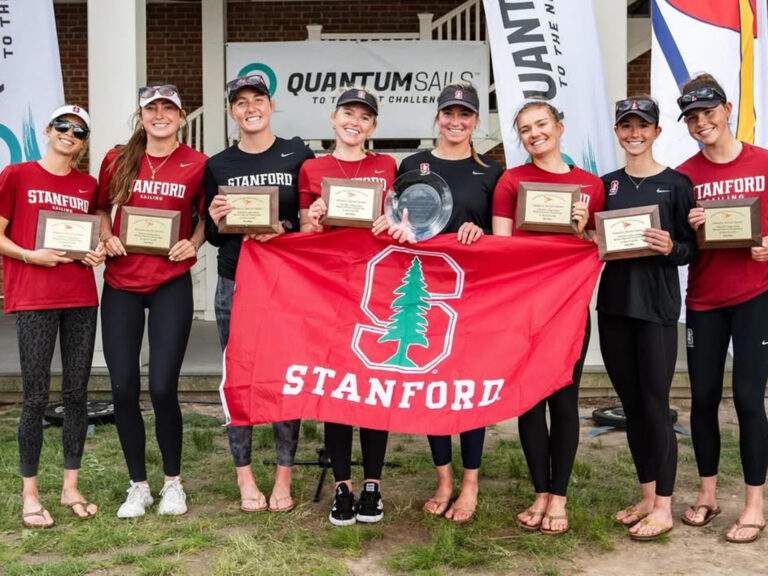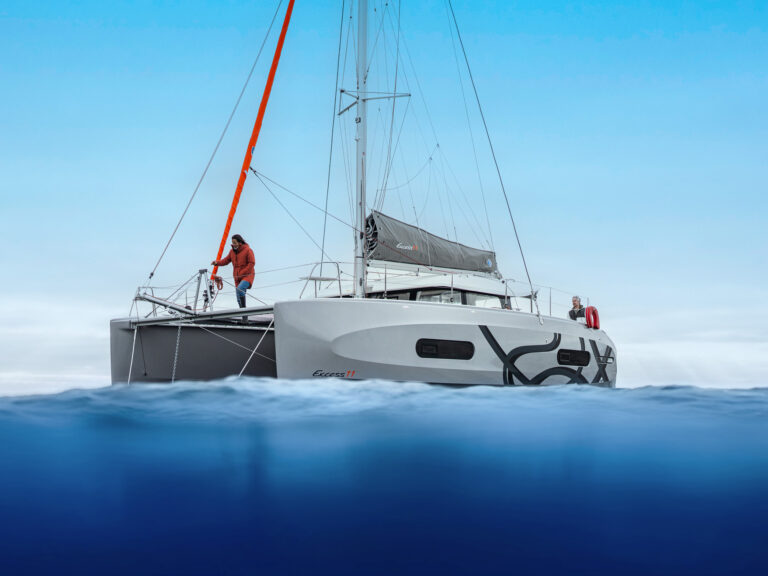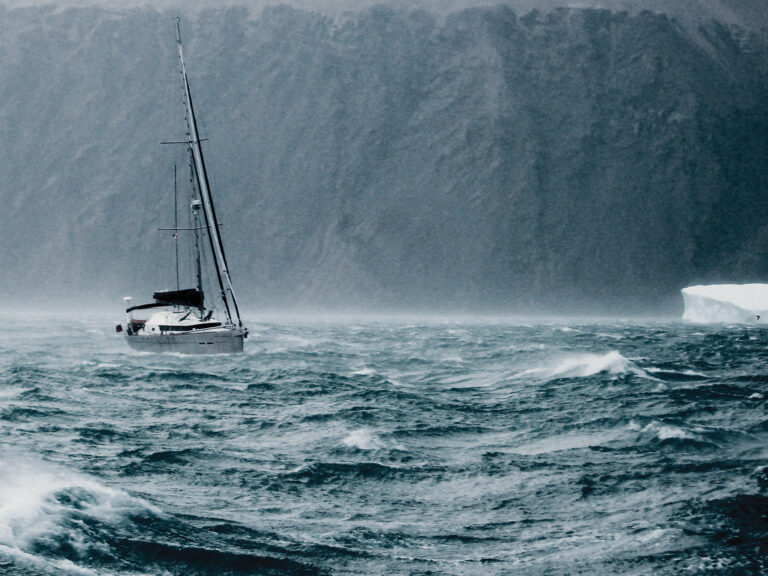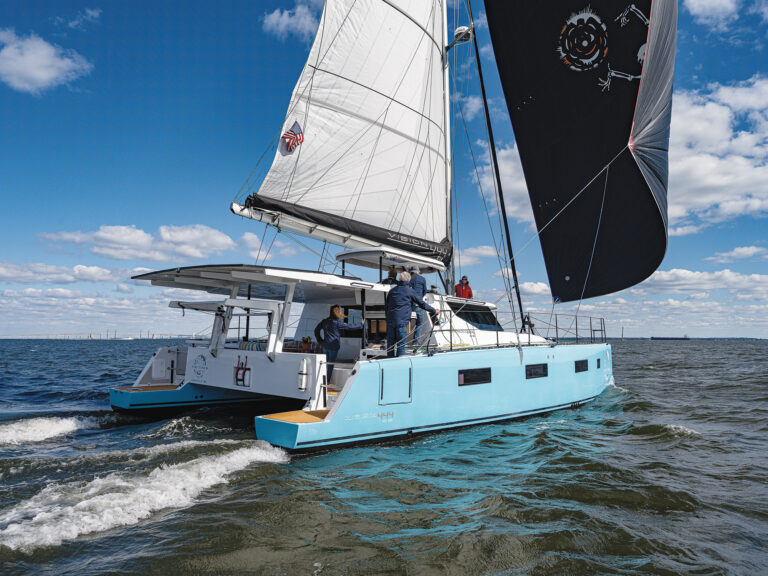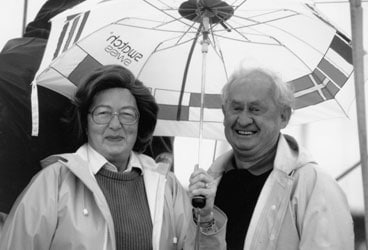
MDavis368
You might think the prevalence of e-mail is the reason for the first-person narratives that grace the pages of Cruising World, but the seeds were sewn long ago, when a bank of typewriters was set up on the third floor of a house in downtown Newport, Rhode Island.
That house belonged to Murray and Barbara M. Davis, a lively pair of globe girdlers who’d made their way from Trinidad aboard a yawl named Klang II. After living in Australia, England, and Europe, the Davises had come to two conclusions: Newport was the place for them, and the times were ripe for a magazine that appealed to the grassroots liveaboard sailor and those who aspired to move aboard.
How prescient they were, on both counts. Murray and Barbara-whose long, rewarding lives each ended peacefully toward the end of 2008-will be remembered for the success of Cruising World, now in its 35th year. Ten years after founding the magazine, they sold it in 1984 to The New York Times Magazine Group; it’s now owned by Bonnier Corporation of Winter Park, Florida.
“He had that adventure gene, the risk-taking gene,” Kate Davis says of her father. “If you were going around the world, or you had an unusual boat, or you had a voice-he wanted it in Cruising World.”
Making a magazine in the 1970s was a change of pace for this pair of World War II veterans of the Allied forces. Murray, a formerly landlocked Aussie, and Barbara, born in England, were used to living life large-riding horses, skiing, testing the bohemian liveaboard life in Paris aboard the yawl Kanga, then making an ocean passage together aboard her for their honeymoon. Kate says that it was Barbara, a skilled deckhand, who introduced the man she married in 1957 to sailing.
Once the Atlantic was in their wake, they might have continued to sail, but Kate and then Paul were on the way, so the couple sold Kanga and went to Australia. Murray wrote for The Age newspaper of Melbourne and later published a book called Australian Ocean Racing. But Barbara grew homesick, and the family returned to the United Kingdom; there they bought Klang II and taught the kids to sail. Murray assembled a crew and completed a transatlantic aboard Klang II; Barbara and the kids took a ship and met him in Trinidad, then together they headed north. To make ends meet, they offered charters aboard Klang II, and Murray wrote freelance articles. The Age had already assigned Murray to cover the Australian challenge to the America’s Cup in 1967, so Klang II set a course for Newport.
The Davises and their magazine, which they started seven years later, were at the forefront of some heady times. Amid the flash of the America’s Cup and the finishes of Transatlantic singlehanded races, there were cruisers making landfall. They’d wander into the CW offices and find a staff eager for them to report the details of their passages. After Murray directed them to the typewriters, Barbara might get them to write something for her department, People & Food.
“People & Food gave many writers their start,” says Kate. “If they showed promise, they graduated to Passage Notes and features. My dad had an innate sense of things. My mother was able to size people up and determine their potential. The two of them talked incessantly at the kitchen table-about writers, staff, the next party.”
At times, those who produced CW were as much a part of the magazine as the subjects who made it into print. “For many, it was their first job out of college,” Kate says. “Dad asked me if I wanted to work among crazy, fun people. Both Paul and I did.”
Indeed, the Davis children were on staff. Paul is shown on the cover of the magazine’s first issue. During America’s Cup summers, “the international press came to town, and Paul would take them around on his photo boat,” Kate says. For her part, she says, “I was paid a penny each to stuff and run the envelopes for ‘begging letters’ for subscriptions through the Pitney Bowes machine.”
Throughout it all, Murray kept sailing, first on Turtle I, then aboard Turtle II. After the sale of the magazine, Murray and Barbara Davis were divorced, but what they fostered still prospers today.
Elaine Lembo




